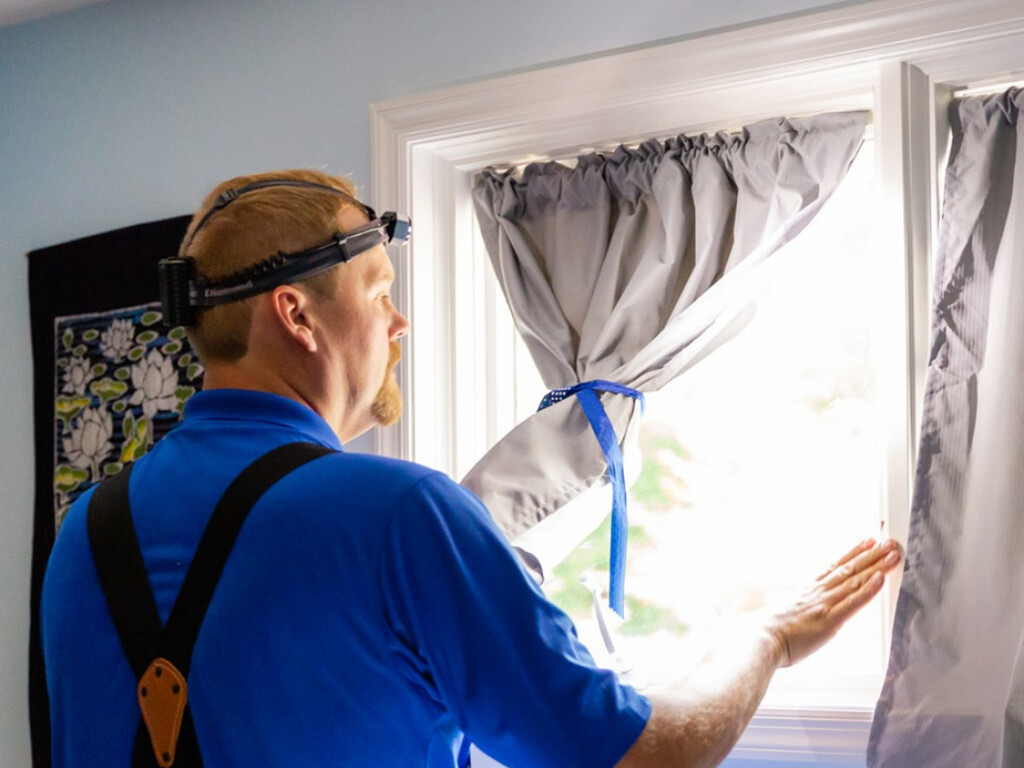Optimize Your Conformity with Relied on Mycotoxin testing Services Solutions
Optimize Your Conformity with Relied on Mycotoxin testing Services Solutions
Blog Article
How Mycotoxin Screening Aids Avoid Contamination and Guard Food Supplies

Mycotoxin testing is a vital practice in the food market, offering as a frontline defense versus contamination by harmful toxic substances generated by molds. With the application of innovative techniques like High-Performance Liquid Chromatography (HPLC) and Liquid Chromatography-Mass Spectrometry (LC-MS), food manufacturers can properly quantify and find mycotoxin degrees in agricultural items.
Understanding Mycotoxins
Recognizing mycotoxins begins with acknowledging that they are hazardous second metabolites produced by certain mold and mildews, which can infect farming items. These metabolites are not crucial for the development or recreation of the fungis however can have severe implications for human and animal health. Mycotoxins are generally located in staple plants such as corn, wheat, barley, and nuts, where they can multiply under particular problems of dampness and temperature.
There are several kinds of mycotoxins, each created by various fungal types. Fusarium species generate trichothecenes and fumonisins, both of which are associated with different acute and persistent health concerns.

Dangers of Mycotoxin Contamination
The dangers of mycotoxin contamination are multifaceted, posturing considerable threats to both food security and public health. Mycotoxins, hazardous compounds generated by certain kinds of fungi, can pollute a wide variety of farming products consisting of cereals, nuts, seasonings, dried fruits, and coffee.
Economic impacts are an additional major worry. Contaminated plants can cause substantial economic losses for farmers and food producers because of decreased returns and the requirement for expensive purification steps. International trade can be dramatically hindered as countries apply rigorous mycotoxin regulations to safeguard their populaces, leading to turned down deliveries and stretched profession relationships.
Environmental factors such as climate change intensify the danger of mycotoxin contamination. Variants in temperature level and moisture can develop beneficial problems for fungal development, raising the likelihood of contamination occasions. Hence, understanding and mitigating these risks are vital for guaranteeing the safety and security and honesty of international food products.
Methods of Mycotoxin Evaluating
Properly identifying mycotoxin contamination in agricultural products is necessary for safeguarding public wellness and maintaining food security criteria. Different approaches are used to detect and quantify mycotoxins, each offering particular benefits and limitations.
High-Performance Liquid Chromatography (HPLC) is an extensively used method due to its high sensitivity and precision. It involves separating mycotoxins from other substances in a sample, enabling precise metrology. Liquid Chromatography-Mass Spectrometry (LC-MS) combines liquid chromatography with mass spectrometry to offer detailed molecular details, making it especially helpful for identifying numerous mycotoxins all at once.

Gas Chromatography-Mass Spectrometry (GC-MS) and Thin-Layer Chromatography (TENDER LOVING CARE) are likewise utilized, each with distinct applications. GC-MS is efficient for volatile mycotoxins, while TLC offers a less complex, site link cost-efficient choice for initial screening.
Benefits of Regular Testing
Normal screening for mycotoxins in agricultural products offers countless advantages, dramatically adding to public health and wellness and food security. By identifying contamination early, regular screening aids stop the distribution of toxic foods, thereby decreasing the risk of mycotoxin-related illnesses amongst customers. This aggressive technique not just safeguards human health but additionally improves the overall top quality of food products.
Different nations and regions have developed rigid limitations for mycotoxin levels in food and feed. Sticking to these restrictions via regular testing makes sure that producers and suppliers fulfill legal standards, thus preventing fines and profession obstacles.
Additionally, regular mycotoxin testing can result in considerable financial advantages. Early discovery of contamination permits for timely intervention, minimizing possible losses from prevalent contamination. Implementing regular testing procedures can likewise lessen recall prices and relevant responsibilities, which can be see this page financially ravaging.
In addition, normal screening provides valuable data that can inform much better farming methods and storage space problems. By understanding patterns of contamination, producers can adopt preventive steps, thereby reducing future risks and contributing to the sustainability of the food supply chain.
Carrying Out Checking Methods
Applying reliable mycotoxin screening procedures is vital for guaranteeing the safety and quality of farming items. Developing a durable testing framework involves numerous vital actions, beginning with the recognition of prospective contamination points within the manufacturing and supply chain. This includes pre-harvest, post-harvest, storage, and distribution stages. Each stage has to be inspected to determine where mycotoxin contamination is probably to occur.
When crucial control factors are identified, selecting ideal testing approaches is vital. Common strategies include enzyme-linked immunosorbent assay (ELISA), high-performance fluid chromatography (HPLC), and mass spectrometry (MS) Each technique has its strengths and weak points; therefore, choosing the proper one depends upon the specific mycotoxin being checked, the required level of sensitivity, and offered resources.

Last but not least, incorporating the testing protocols right into an extensive food safety monitoring system is a good idea. This enhances traceability and makes it possible for speedy rehabilitative actions when contamination is discovered, consequently safeguarding the honesty of the food supply chain.
Final Thought
Mycotoxin screening is essential in stopping contamination and guarding food products by enabling early detection of damaging contaminants generated by mold and mildews in farming products. Regular testing improves brand name reputation, monetary security, and depend on in food safety and security by minimizing contamination-related losses and preserving high criteria in food manufacturing.
Mycotoxin testing is a vital technique in the food industry, serving as a frontline defense versus contamination by harmful toxins produced by molds. An integrated approach involving agricultural practices, storage administration, and routine screening can see this site minimize the threats associated with mycotoxin contamination, ensuring food safety and public health.
The risks of mycotoxin contamination are multifaceted, posing significant risks to both food safety and security and public wellness.Routine screening for mycotoxins in farming items provides many advantages, substantially contributing to public health and food safety.Mycotoxin testing is essential in avoiding contamination and safeguarding food supplies by making it possible for very early detection of dangerous toxic substances produced by mold and mildews in farming products.
Report this page